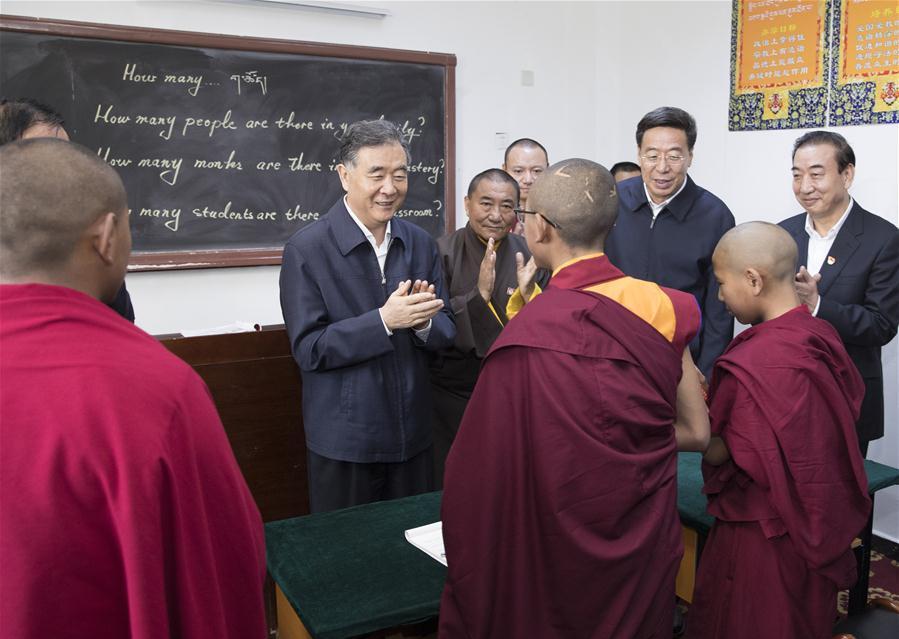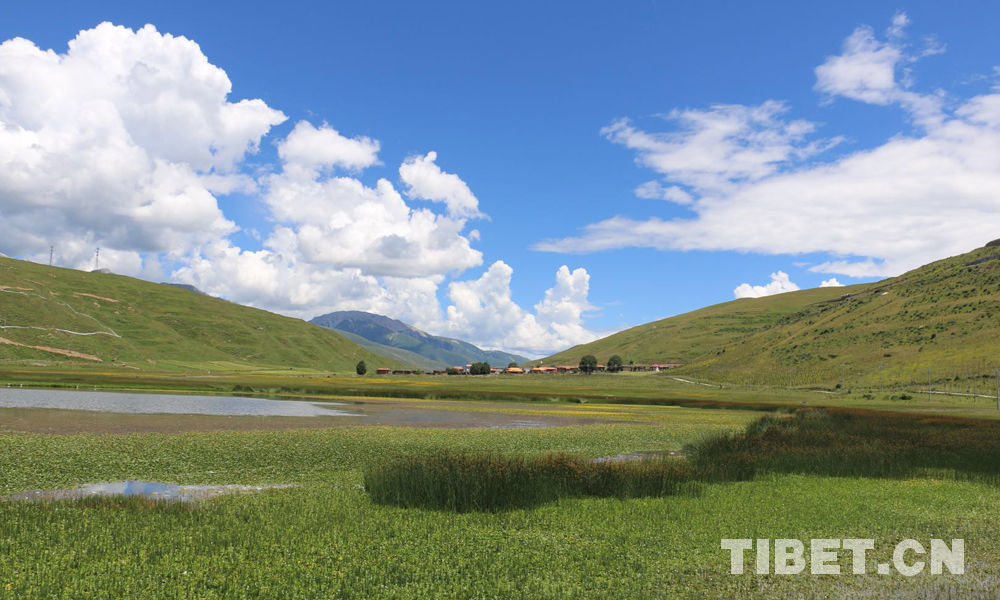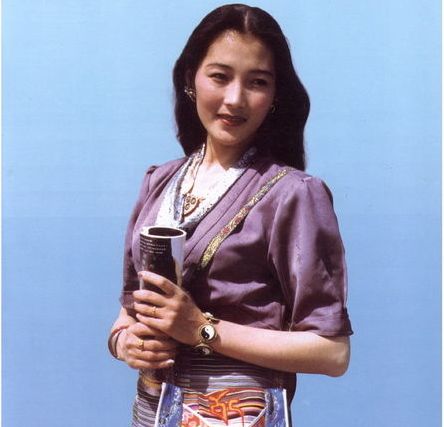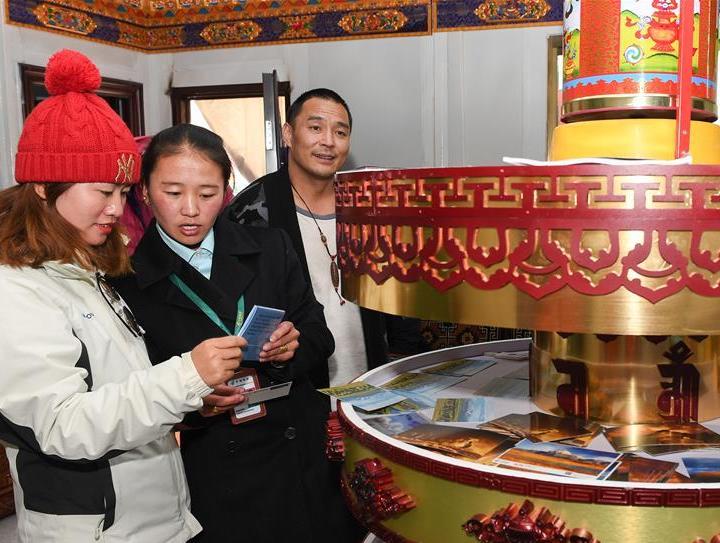What were discovered in Tibet's largest joint archaeological excavation?

Some of the artifacts unearthed at the Piyang-Dongga ancient tombs site in southwest China's Tibet.[Photo/Xinhua]
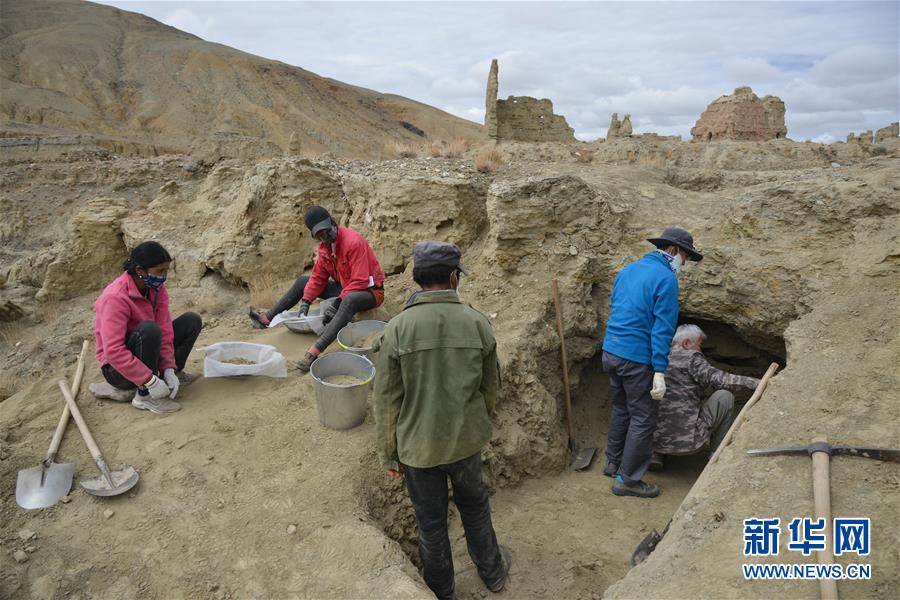
Workers excavate and clean at the Piyang-Dongga ancient tombs site in southwest China's Tibet.[Photo/Xinhua]
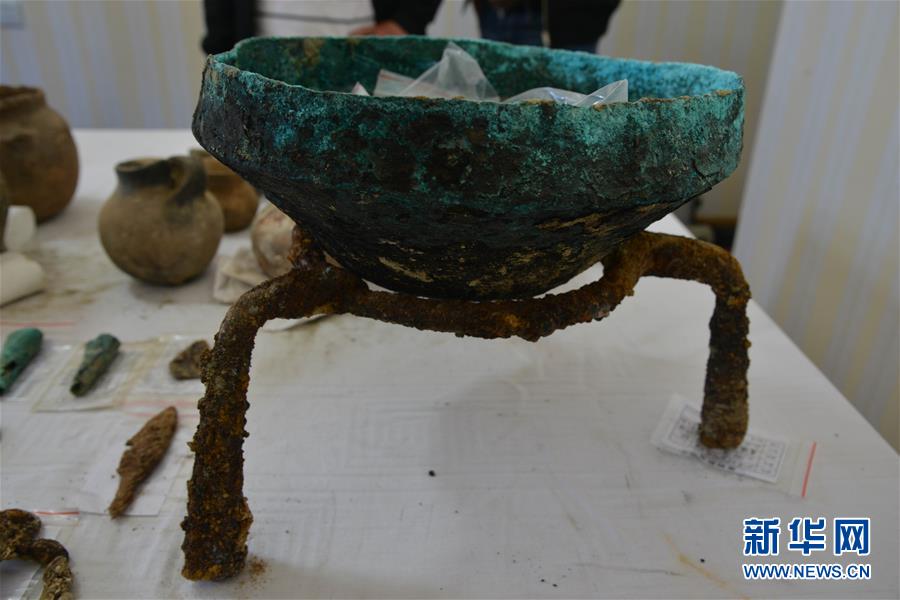
Copper cauldrons and iron products unearthed from the Piyang-Dongga ancient tombs site in southwest China's Tibet. The copper cauldron contains food debris inside.[Photo/Xinhua]
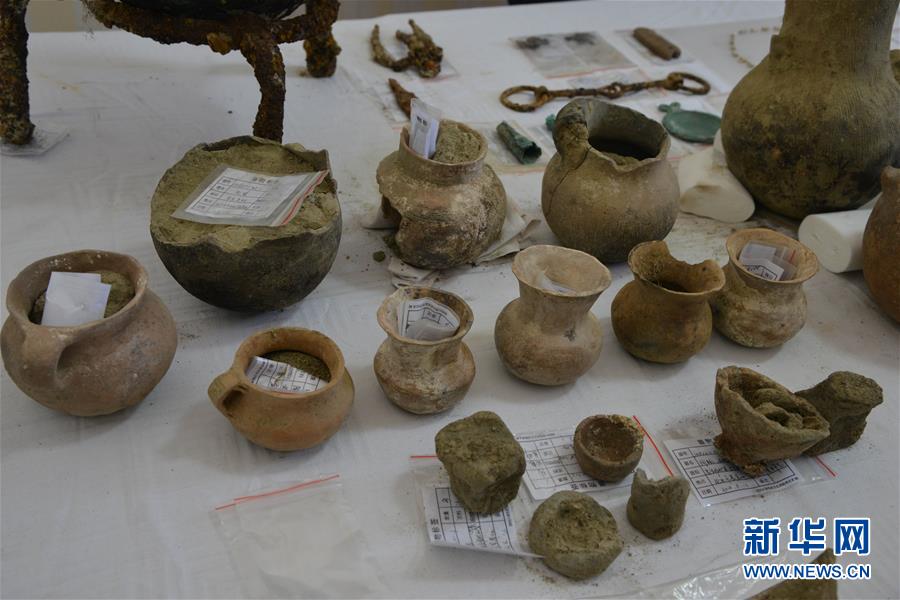
Some of the artifacts unearthed at the the Piyang-Dongga ancient tombs site in southwest China's Tibet.[Photo/Xinhua]
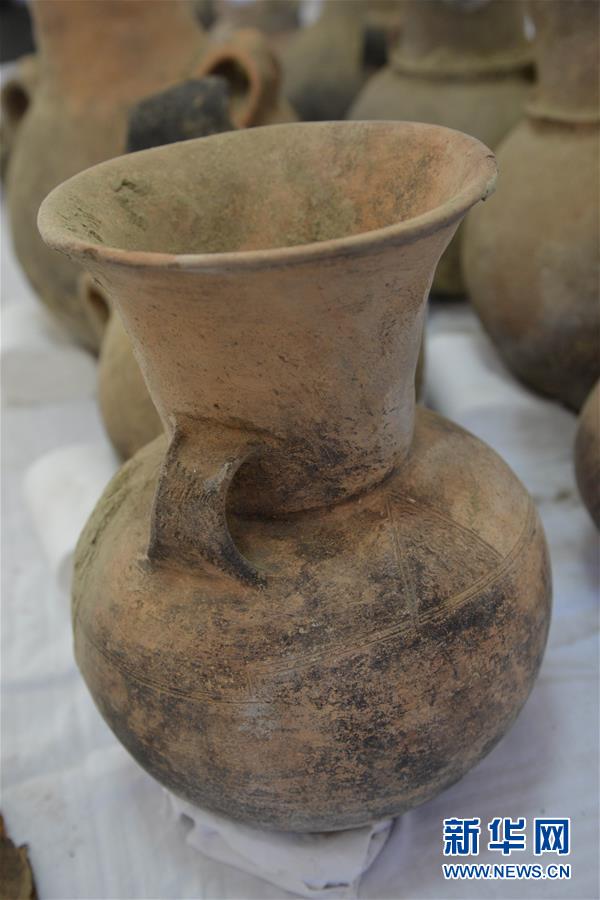
Pottery unearthed at the Piyang-Dongga ancient tombs site in southwest China's Tibet.[Photo/Xinhua]
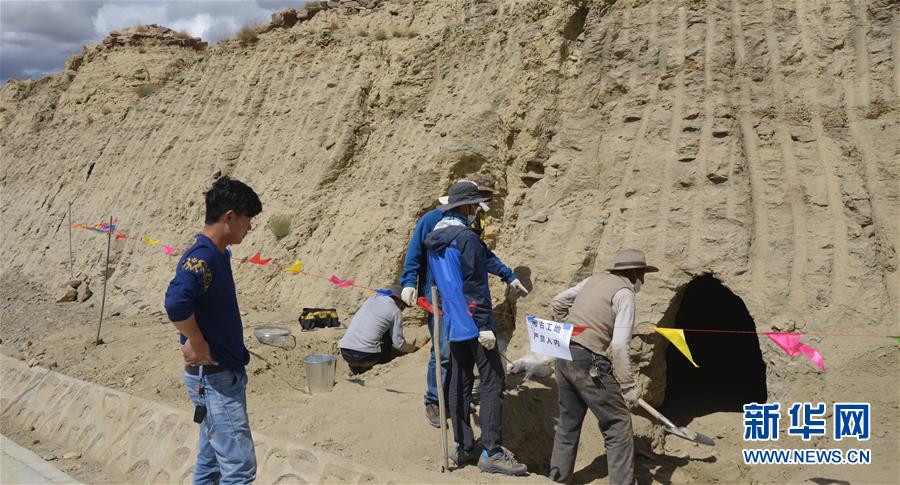
Members of an archaeological team from Sichuan University carry out the excavation and cleaning work at the the Piyang-Dongga ancient tombs site in southwest China's Tibet.[Photo/Xinhua]
According to the Ngari Joint Archaeological Team, with the continuous advancement of joint archaeological work this year, significant progress has been made in archaeological investigations and excavations at the Piyang-Dongga ancient tombs site in southwest China's Tibet, unearthing a number of precious cultural relics dating back about 2,000 years ago.
"We have found rice and tea inside a pottery jar and wooden box that we believe to date to the Han Dynasty (206 BC-220 AD) and Jin Dynasty (265-420 AD)," Professor Huo Wei, dean of the School of History and Culture at Sichuan University and head of the archaeology team at the Piyang-Dongga ancient tombs site, said.
"At the same time, we also discovered a Central Asian-style bronze mirror with a handle."
Professor Huo also said that this may indicate that before Buddhism was introduced to Tibet, the people of Piyang-Dongga area had had close contact with inland China and were influenced by the surrounding civilizations.
Piyang-Dongga area is located in Zanda County, Ngari Prefecture, Tibet, and is the largest Buddhist cave site discovered in Tibet up to date.
Editor: Tommy Tan.
Your Comment
Name E-mailRelated News
-
-
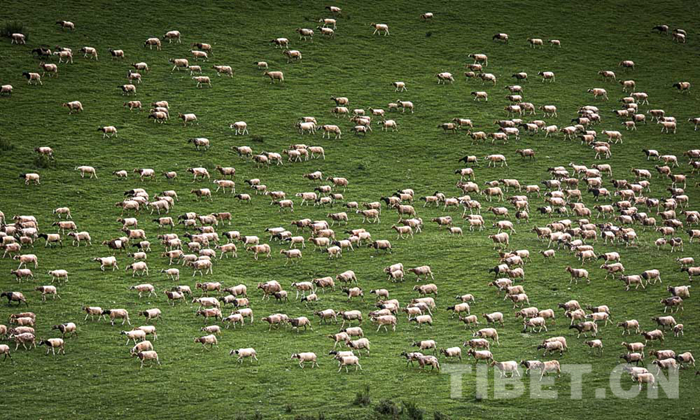
-
Ngawang sheep, weapon for poverty alleviation
Ngawang Township is located in the grasslands of eastern Tibet and has an average altitude of 4,000 meters above sea level. It is part of Gonjo County in Chamdo City, southwest China's Tibet Autonomous Region.
-
-
-
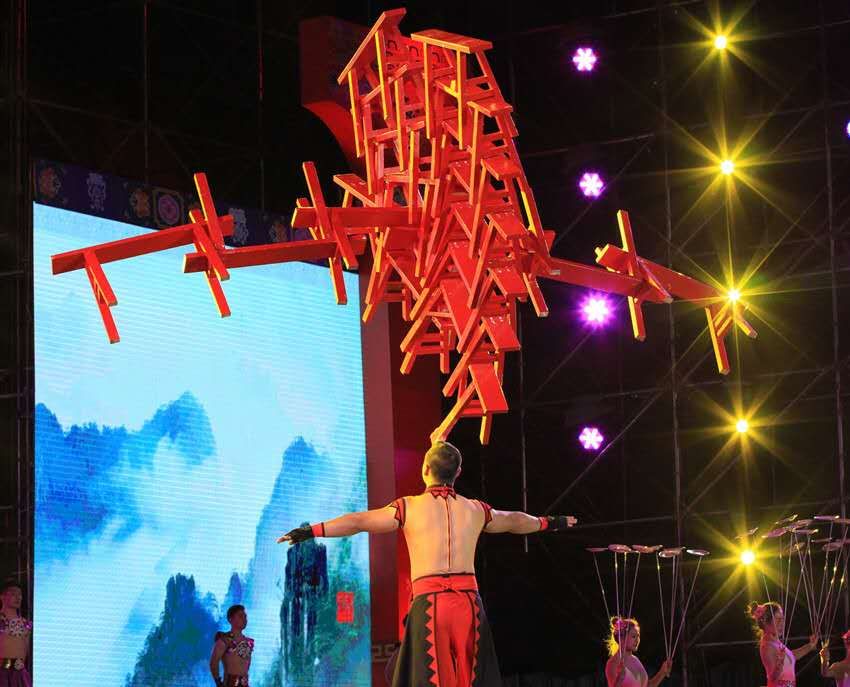
-
Yarlung cultural festival kicks off in Tibet
The annual China Tibet Yarlung Cultural Festival kicked off in Tibet's Shannan city on Monday, marking the third time the city's held such an event.
-
-
-
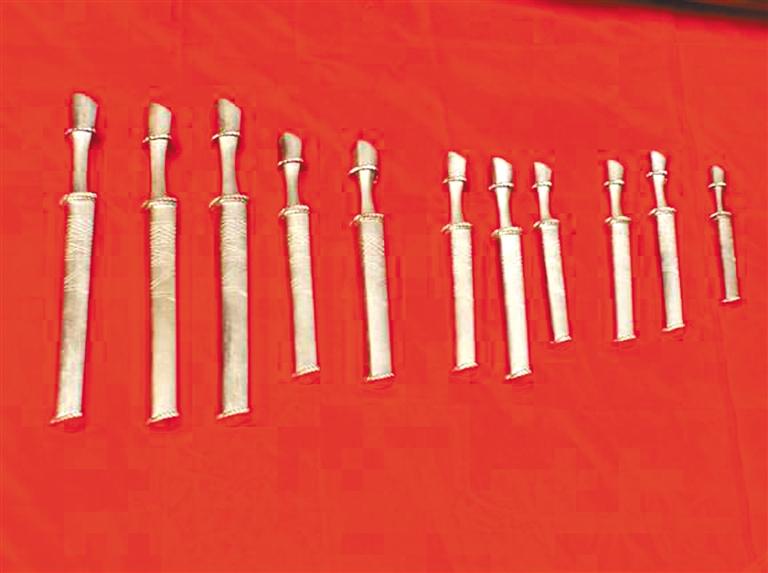
-
Tibetan Knives popular at home and abroad
Tibetan knives are one of the most representative handicrafts made by Tibetan people, and they have been used in people's production and livelihood, and for self-defense and decorative functions.
-
-
-
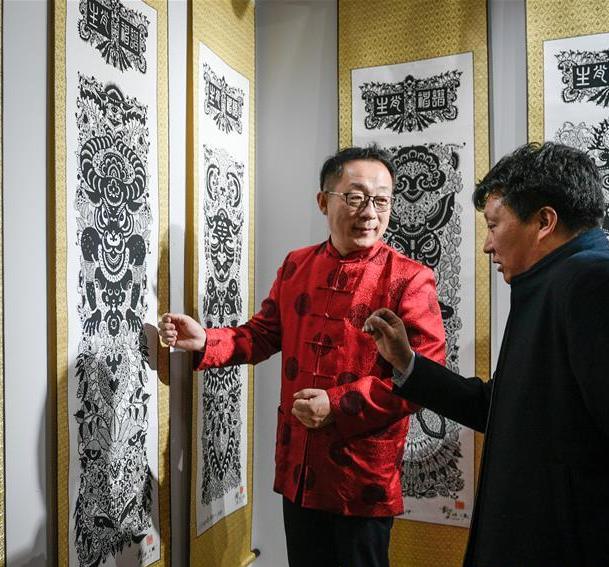
-
Exhibition on intangible cultural heritages of Heilongjiang Province kicks off
An exhibition on intangible cultural heritages of Heilongjiang Province kicked off in Xigaze Sunday.
-
-
-
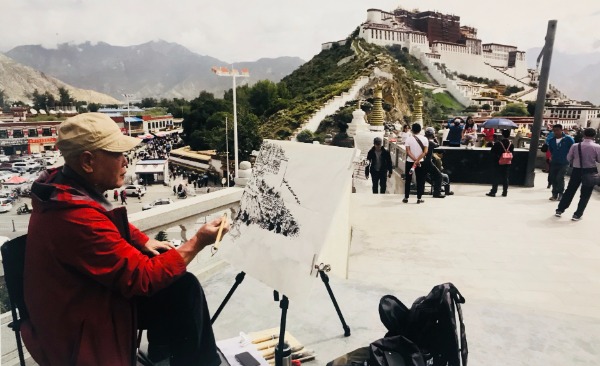
-
Painter's pilgrimage
Li Xiaoke, an artist from Beijing has spent the past three decades drawing inspiration from areas where members of the Tibetan community reside.
-


